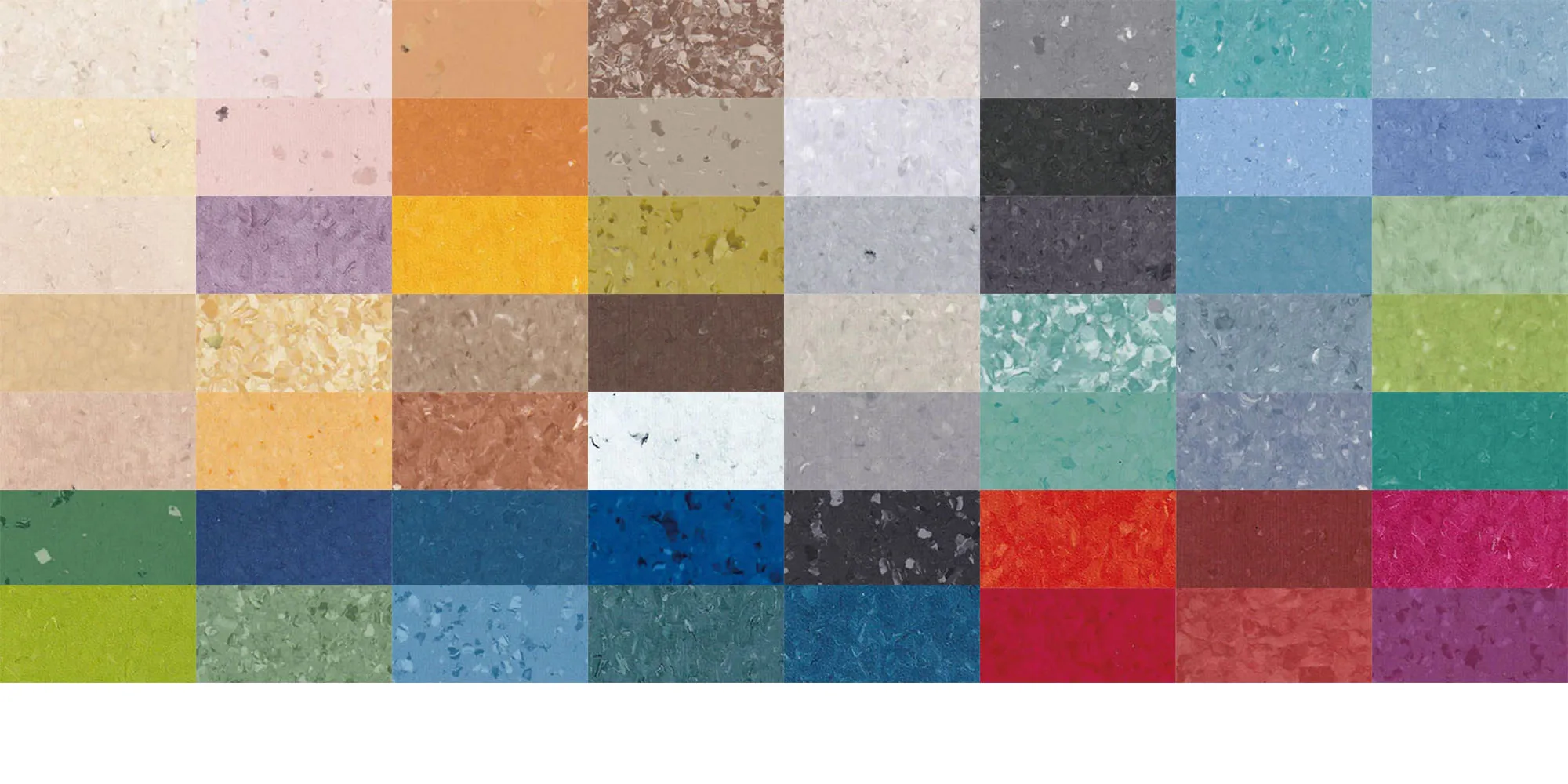How to Properly Install Skirting Boards for a Professional Finish in Your Home
The Art of Attaching Skirting Boards A Step-by-Step Guide
Skirting boards, also known as baseboards, play a crucial role in home decor, serving both functional and aesthetic purposes. They protect the lower part of the walls from scuffs and damage while providing a finished look to any room. Attaching skirting boards might seem like a daunting task, but with the right tools and some guidance, it can be a rewarding DIY project. This article walks you through the process of securely attaching skirting boards.
Tools and Materials Needed
Before you begin, it is essential to gather all the necessary tools and materials. Here’s what you’ll need
1. Skirting Boards Choose a style and material that complements your home decor. Moulded profiles are popular for their classic look, while modern designs can add a contemporary touch. 2. Measuring Tape Accurate measurements are essential for a snug fit. 3. Miter Saw or Hand Saw These will help you cut the skirting boards to the desired length and angles. 4. Adhesive Wood glue or construction adhesive can provide extra holding power. 5. Nail Gun or Hammer and Nails A nail gun makes for faster work, but a hammer and finishing nails will also do the job. 6. Level To ensure that your skirting boards are straight and even. 7. Caulk and Caulking Gun For filling gaps and achieving a seamless finish. 8. Sandpaper To smooth any rough edges after cutting.
Measuring and Cutting
The first step in attaching skirting boards is measuring the walls. Use the measuring tape to determine the length of each section where you plan to attach the boards. Write down your measurements and mark your skirting boards accordingly.
When cutting the boards, consider the corners. For inside corners, a 45-degree angle cut will ensure a clean joint. For outside corners, you can either use two 45-degree cuts or a straight cut, depending on your preference and the design of the skirting board. Use a miter saw for precise cuts, or a hand saw if you are more comfortable.
Preparing the Wall
attaching skirting boards

Before attaching the skirting boards, ensure that the walls are clean and dry. Remove any old adhesive, nails, or paint that might be stuck to the wall. If the wall is uneven, consider using a level to identify any discrepancies that you can fill with caulk later.
Attaching the Skirting Boards
Now that you’re ready to attach the boards, begin by applying a continuous bead of adhesive along the back edge of the skirting board. Press it firmly against the wall and align it with the floor. Use your level to ensure it is straight.
Next, secure the skirting board in place by using a nail gun or hammering finishing nails into the board at the recommended intervals—usually every 16 to 24 inches. If you’re using a hammer and nails, be sure to countersink the nails slightly to avoid any bumps.
Finishing Touches
Once the skirting boards are securely attached, inspect the joints and gaps between the board and wall or floor. Use caulk to fill any noticeable gaps for a polished look. After the caulk dries, you can paint or stain the skirting boards to match your decor.
Conclusion
Attaching skirting boards is an excellent way to enhance your home’s interior while providing protection to your walls. With patience and the right tools, you can achieve a professional-looking finish. So gather your materials, follow these steps, and transform your living space with beautifully attached skirting boards. Happy decorating!
-
SPC FlooringJun.24,2025
-
Bathroom Wall CoveringsJun.24,2025
-
Why Dry Back LVT Flooring Is the Smart Choice for Modern InteriorsJun.05,2025
-
Transform Your Interiors with Elegant Luxury Vinyl Flooring OptionsJun.05,2025
-
The Rise of SPC Vinyl Flooring: A Modern Solution for Durable and Stylish SpacesJun.05,2025
-
Click LVT Flooring: The Perfect Blend of Style, Strength, and SimplicityJun.05,2025




